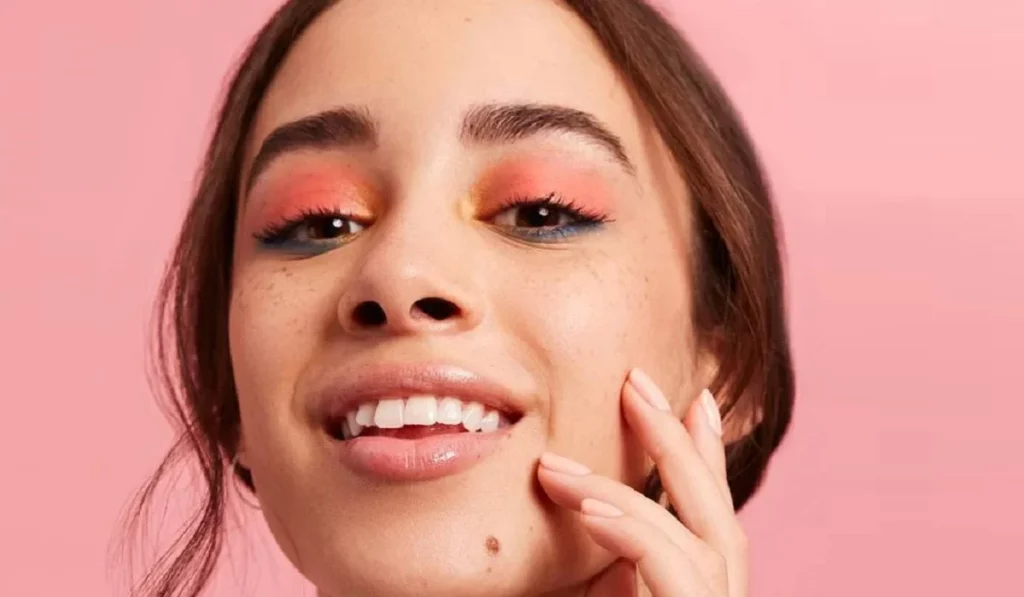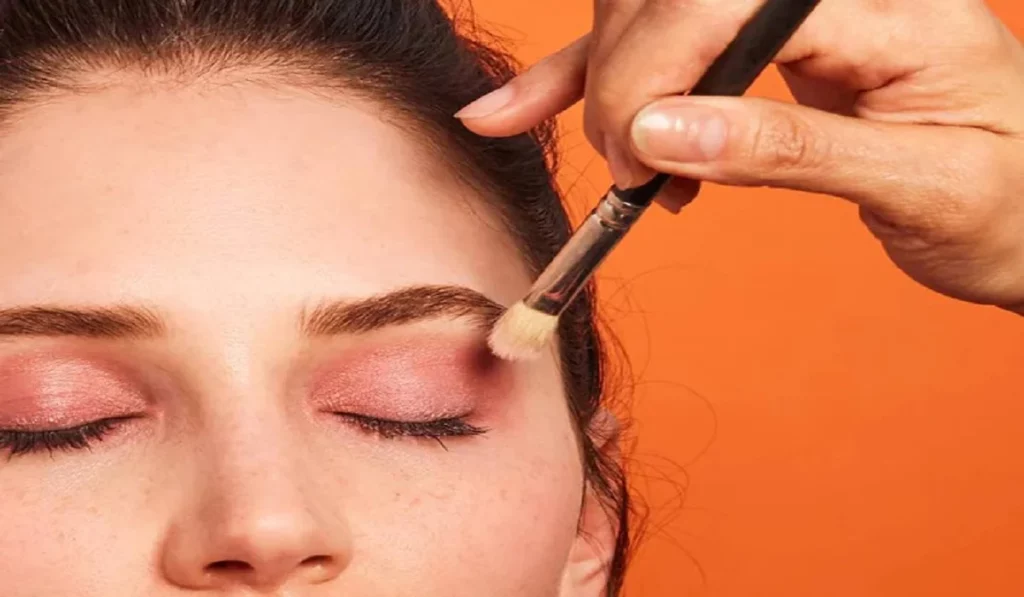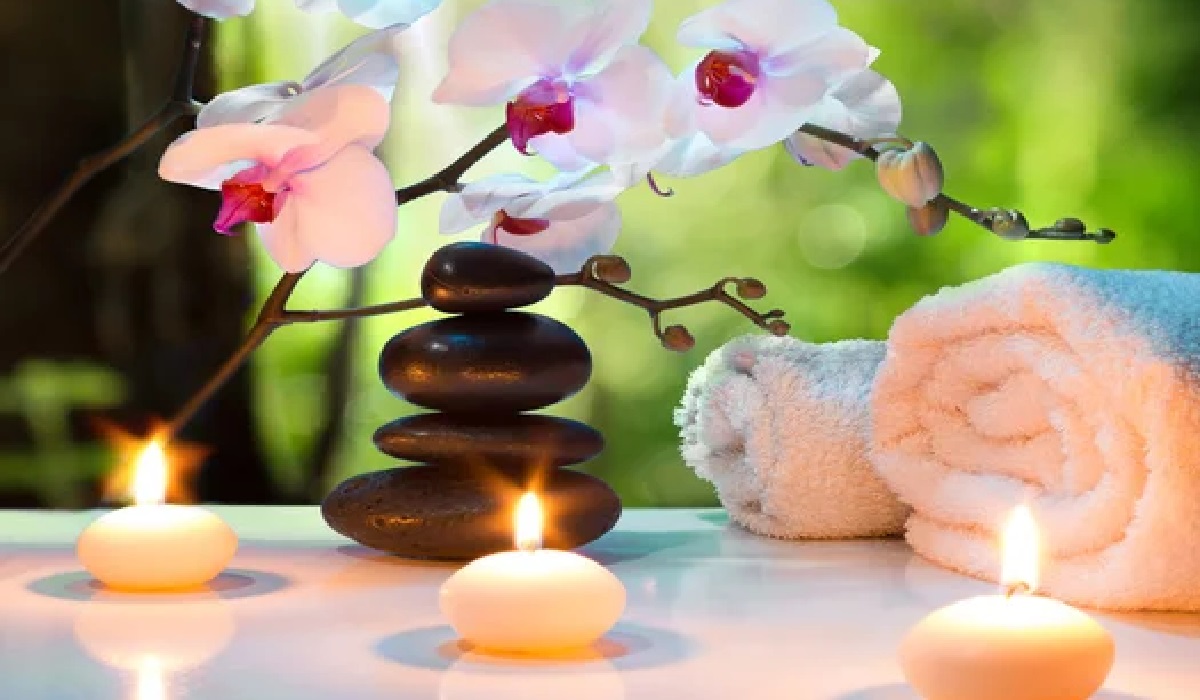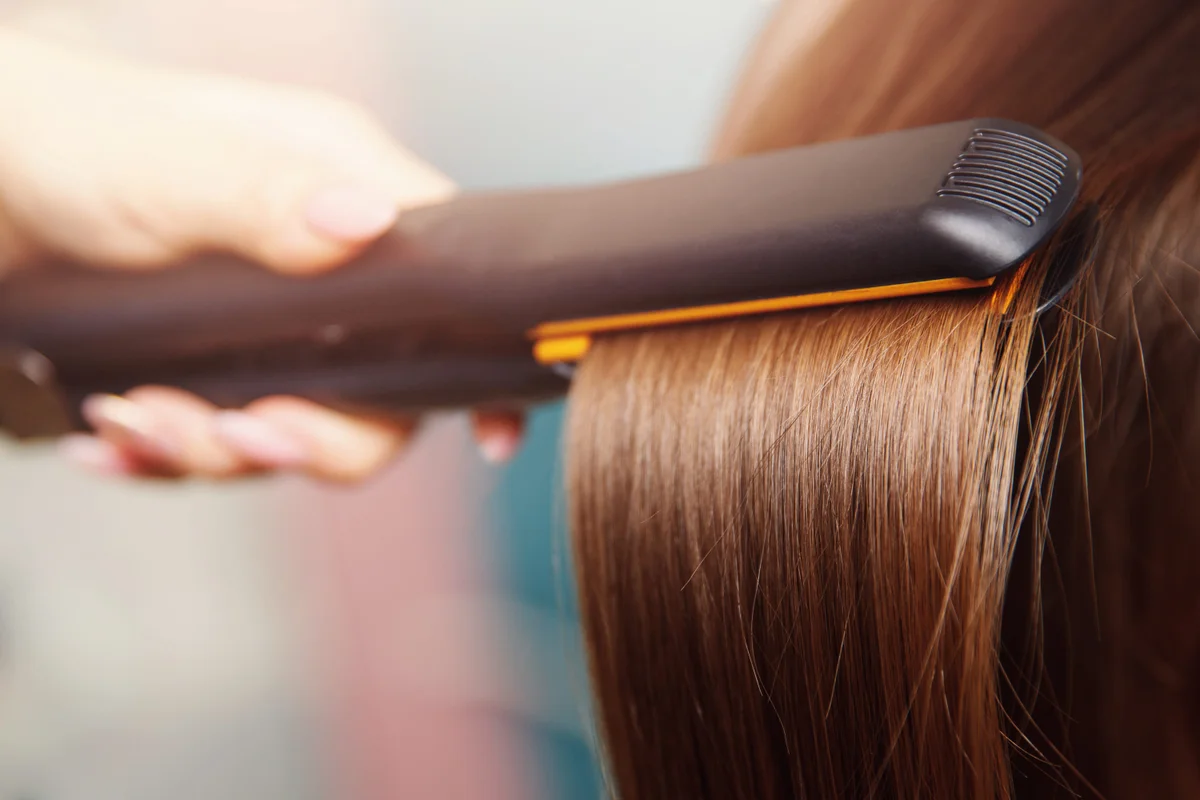Creating a perfect makeup look is akin to painting a masterpiece; it requires technique, the right tools, and an understanding of the proper sequence. Applying your makeup in the correct order is crucial for achieving a flawless, long-lasting finish. Whether you’re a makeup novice or looking to refine your routine, this guide will walk you through each step, ensuring your makeup application is both effective and efficient.

Preparation: The Base of Flawless Makeup
Cleansing: The First Step
The canvas for your makeup masterpiece begins with clean skin. A gentle cleanser removes impurities and excess oil, providing a fresh base for your makeup.
Moisturizing: Hydrating Your Canvas
Hydration is key to preventing cakey foundation. A good moisturizer tailored to your skin type will keep your skin supple and ready for makeup application.
Priming: Smoothing the Surface
Primer fills in pores and fine lines, creating a smooth base that helps makeup last longer. Whether you’re aiming for a matte or dewy finish, there’s a primer for every skin type and desired effect.
Foundation: The Canvas for Your Art
Choosing the Right Foundation
Selecting the right foundation shade and formula is paramount. Consider your skin type and the coverage you need when choosing between liquid, powder, or cream foundations.
Application Techniques for a Seamless Finish
Application tools can make a difference in your foundation’s finish. Whether you use a brush, sponge, or your fingers, the goal is to achieve an even, seamless coverage.
Concealer: The Art of Camouflage
Types of Concealers and Their Uses
Concealers come in various forms and shades. Understanding the type that best suits your needs—be it for dark circles, blemishes, or redness—is crucial for effective camouflage.
Application Tips for a Natural Look
The key to concealer is blending. Learn to apply concealer in a way that brightens and evens out your complexion without looking heavy.

Powder: Setting the Stage
Loose vs. Pressed Powder
Choosing between loose and pressed powder depends on your desired finish and convenience. We’ll explore the benefits of each and how they can set your makeup for longevity.
Application for Long-Lasting Wear
Setting your foundation and concealer with powder prevents them from shifting and reduces shine. Discover techniques for application that won’t disrupt your base.
Eye Makeup: Framing Your Windows to the Soul
Eyeshadow: Building the Base
Eyeshadow application begins with a primer or base to ensure vibrant color and long wear. Learn how to build and blend eyeshadows for a seamless look.
Eyeliner: Defining the Eyes
Eyeliner can define and enhance the shape of your eyes. Whether you prefer pencil, gel, or liquid, mastering eyeliner application is key to defining your look.
Mascara: The Finishing Touch
Mascara adds the final touch to your eye makeup, creating the illusion of longer, fuller lashes. Discover tips for clump-free application and choosing the right mascara for your lashes.
Eyebrows: The Frame for Your Masterpiece
Shaping and Filling Techniques
Well-defined eyebrows can transform your face. Learn about shaping and filling techniques that complement your face shape and enhance your features.
Products for Eyebrow Perfection
From pencils to pomades, there are myriad products available for eyebrow styling. Find out which products best suit your needs for natural-looking brows.
Cheeks: Adding Dimension and Glow
Blush: Creating a Natural Flush
Blush adds color and vitality to your complexion. Understand how to choose and apply blush according to your face shape for a natural-looking glow.
Contouring and Highlighting for Structure
Contouring and highlighting can sculpt and enhance your facial features. Learn the techniques and products that can help you achieve a structured yet subtle look.
Lips: The Final Touch
Lip Liner: Defining the Lips
Lip liner can define your lips and prevent lipstick from bleeding. Discover the best way to apply lip liner for a fuller, more defined pout.
Lipstick and Gloss: Adding Color and Shine
The final step in your makeup routine, lipstick or gloss adds color and dimension to your look. Explore tips for application and how to choose shades that complement your overall makeup.
Setting Spray: The Finishing Seal
The Importance of Setting Your Makeup
A good setting spray ensures your makeup stays in place all day. Learn about the different types of setting sprays and how to choose one that suits your skin type and makeup needs.
Choosing the Right Setting Spray
Whether you’re looking for a matte or dewy finish, selecting the right setting spray can enhance your makeup’s longevity and finish.
Mastering the correct order to apply your makeup can elevate your beauty routine, ensuring each step works harmoniously for a flawless finish. By understanding the importance of each stage and adopting the techniques that best suit your features and skin type, you can achieve a polished, long-lasting look that enhances your natural beauty.
- Why is it important to follow a specific order when applying makeup?
- Can I skip the primer if my skin is oily?
- How do I choose the right shade of foundation for my skin tone?
- Is it necessary to use both liquid and powder forms of makeup, like foundation and concealer?
- How can I make my eye makeup last longer throughout the day?
- What’s the difference between setting powder and finishing powder?
- Can I use a lipstick as a blush?
- How do I prevent my makeup from looking cakey or heavy?
- Is it better to apply makeup with brushes, sponges, or fingers?
- How often should I clean my makeup tools to prevent skin problems?








